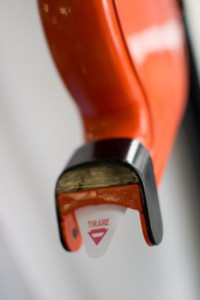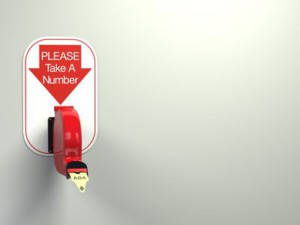 This third and last post on Just in Sequence details all the things that can go wrong, and talks about how to fix them. The biggest problem is if the sequence of your Just in Sequence part does not match the main component that it should be sequenced to. This happens especially due to defects and rework. I also describe common options to deal with these problems – but be warned: all of them suck. As usual in lean, it is so much easier not to have problems in the first place than it is to deal with them afterward.
This third and last post on Just in Sequence details all the things that can go wrong, and talks about how to fix them. The biggest problem is if the sequence of your Just in Sequence part does not match the main component that it should be sequenced to. This happens especially due to defects and rework. I also describe common options to deal with these problems – but be warned: all of them suck. As usual in lean, it is so much easier not to have problems in the first place than it is to deal with them afterward.
Just In Sequence
Just in Sequence Part 2 – How to Do It
 In this second post on Just in Sequence, I would like to talk about some details on the actual sequencing of parts: when to use Just in Sequence in the first place, which parts to sequence, and how to define the sequence. These are all organizational details to make Just in Sequence work. In my next and last post of this series, I will describe how to handle problems with parts being out of sequence.
In this second post on Just in Sequence, I would like to talk about some details on the actual sequencing of parts: when to use Just in Sequence in the first place, which parts to sequence, and how to define the sequence. These are all organizational details to make Just in Sequence work. In my next and last post of this series, I will describe how to handle problems with parts being out of sequence.
Just in Sequence Part 1 – What Is It?
 “Just in Sequence” (JIS) is a good way to supply material to high-mix, low-volume production. It combines well with “Just in Time” (JIT) and “Ship to Line” (STL), but neither are a prerequisite for Just in Sequence. In automotive it is sometimes also called In Line Vehicle Sequence (ILVS). In this series of posts I would like to talk about what Just in Sequence is, how it works, and what to be aware of. This first post details the basics of Just in Sequence production.
“Just in Sequence” (JIS) is a good way to supply material to high-mix, low-volume production. It combines well with “Just in Time” (JIT) and “Ship to Line” (STL), but neither are a prerequisite for Just in Sequence. In automotive it is sometimes also called In Line Vehicle Sequence (ILVS). In this series of posts I would like to talk about what Just in Sequence is, how it works, and what to be aware of. This first post details the basics of Just in Sequence production.
